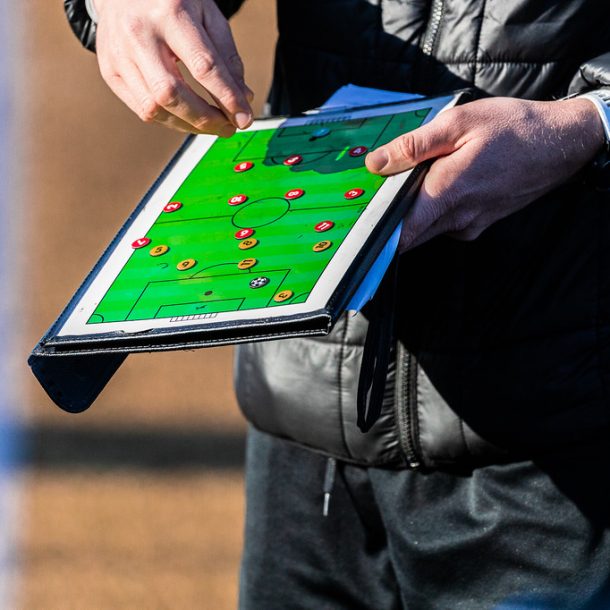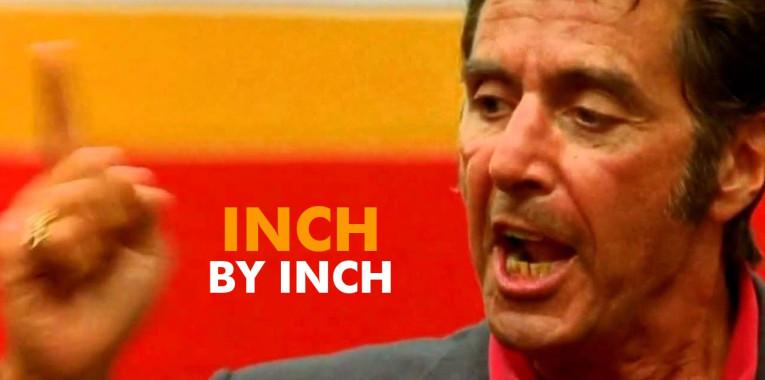
Laura Finnegan, from the Irish Football Federation, is the world lead in this research about the Relative Age Effect (RAE). She’s kindly sharing this fantastic analysis with us at Rush Soccer, and invites everybody to check her blog for a deeper understanding of this phenomenon.
Así que, aparentemente, si has nacido en enero tienes más chances de convertirte en un futbolista profesional que si has nacido en diciembre.
Ok…..Wait…. Hold on!…….. WHAT???!!
Yes my friend, and I promise to you: this post is not about astrology.
This is called the relative age effect (RAE), and as absurd as it sounds, it happened in the past, and it still does.
The RAE, in Laura Finnegan’s words “refers to a preference for selecting footballers born earlier in the year, often due to enhanced maturation factors (being bigger, faster, stronger physically but also are often more cognitively and emotionally mature) over their teammates born later in the year”.

There was a time in which the game of soccer was going through a physical stage, meaning that the physical component was highly estimated in comparison to the others (psychological, technical, tactical). Therefore, during such period, the strongest kids were progressing faster in the youth divisions that the smaller ones. That was voluntary choice, very different from this.
What the RAE is exposing, is that stronger kids are not progressing better than smaller kids because we coaches pick the strong ones, but actually because we tend to attribute certain high performances to technical and tactical components, when they actually result from a maturity component.
In Laura’s words: “This can lead to a biased view of ‘potential’, which leads to these players being exposed to more game-time, getting selected for representational squads, receiving higher standards of coaching and leading to greater training opportunities. It’s often these physical factors that make players (especially in their early teens) stand out, stamina means it’s the fittest player still being seen to make challenges late on in games, a tall player will often stand out from the rest. It’s the same reason that there was an issue with one particular scout from a big English club always coming back recommending blond players… scanning a field of players, the blond heads tended to stand out!”
Laura se adentró en su estudio y chequeó las estadísticas de jugadores representados por el mes de nacimiento en Irlanda. Debajo están sus conclusiones.

The numbers are shocking. A poor baby from December has 4.5 less chances of playing than his counterpart of January.
Unbelievable, isn’t it?
Matt Saul, former Director of Coaching Education at Rush Soccer, intrigued by this phenomenon, replicated the study in our club, specifically for the Rush Select teams, separating the birth months in quarters (Q1 is Jan, Feb, March. Q2 April, May, June. Q3 July, August, Sept. Q4 Oct, Nov, Dec) … and found the same results.

So the question is now… How can we level the playing field?
Whatever, you know what? There’s always a bright side. If you were born in September or later like me and you didn’t play professional, now we have something to blame it on! 😉
If you would like to learn more about this phenomenon please visit Laura’s blog.









